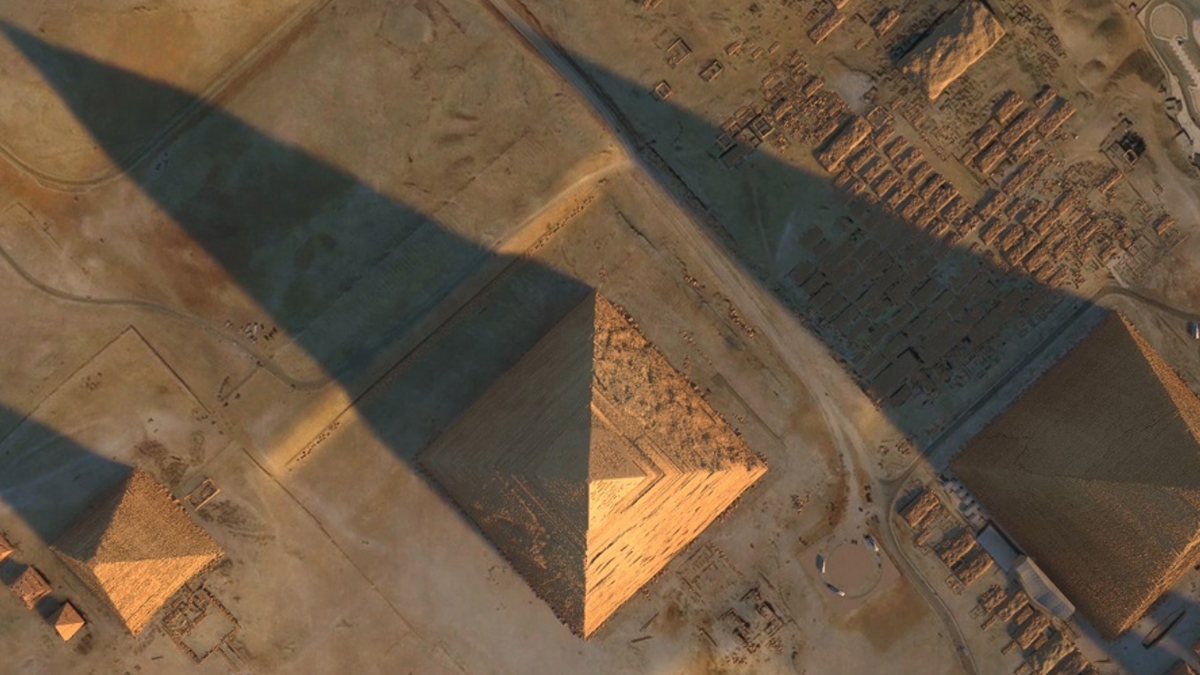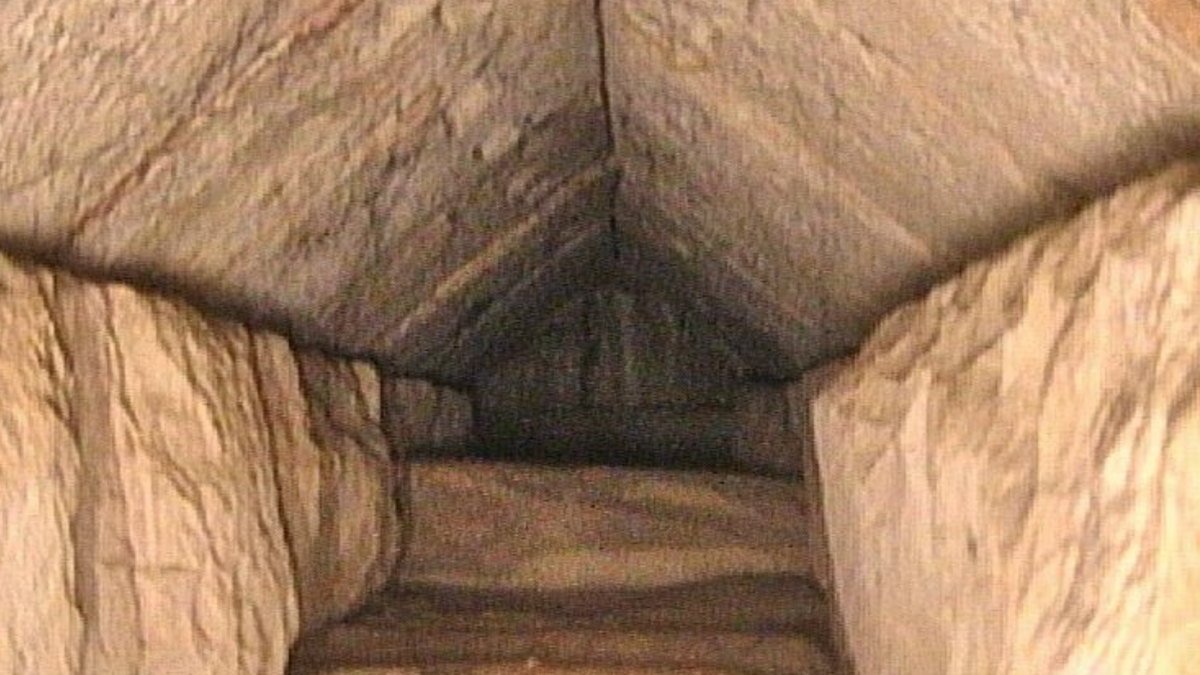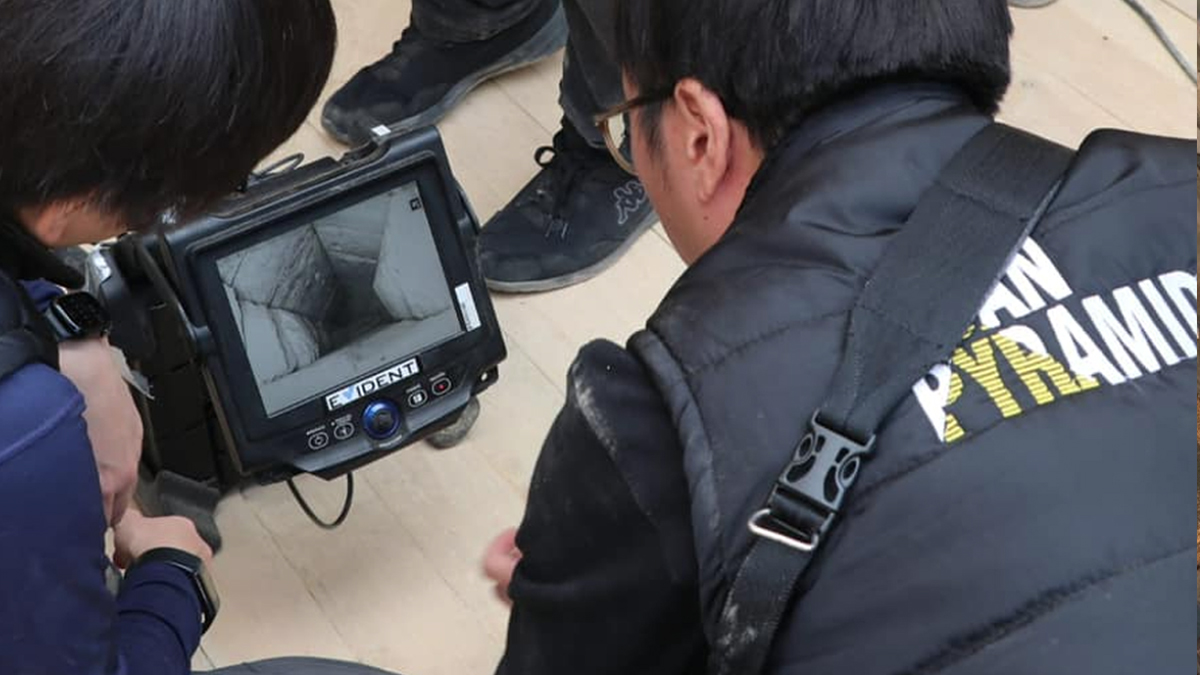there Cheops pyramid It was built on the Giza Plateau during the Fourth Dynasty by Pharaoh Khufu or Cheops, who ruled from about 2609 BC to 2584 BC, with a height of 146 meters, and it still holds surprises. Despite being one of the oldest and most impressive monuments on earth, it remains unclear how it could have been constructed. Its internal structure still holds many unknown secrets. And after 8 years of research, an international team of researchers and archaeologists Pyramids residents He announced the discovery of a previously unknown tunnel with a length of 9 meters and a width of 2.10 meters, located behind the main entrance on the northern side. The discovery was announced by an Egyptian archaeologist Zahi Hawass On the sidelines of a press conference held in Cairo To illustrate the results of the ScanPyramids project.
“We believe that something is hidden under this area,” Hawass continued, speculating that “Khufu’s tomb could be under that tunnel.” In fact, the pharaoh’s sarcophagus has not yet been found. However, experts believe that it could be located in an underground chamber that has yet to be discovered. The tunnel was examined by a video camera inserted into the passage thanks to a gap of a few millimeters. The tunnel runs horizontally on the ground and has a shape chevron, that is, the “v” is inverted and, according to experts, is not complete. An aspect that Hawass believes will lead to the discovery of other secrets inside the pyramid of Khufu.
Research evolved
Searches began in 2015. In 2016, scientific teams detected some thermal anomalies in the region of chevron It is located on the northern side of the pyramid of Khufu. Therefore, the project researchers installed muon emulsion membranes in the downstream corridor chevrondetecting the existence of a previously unknown void, and renaming it Scanpyramids North Face Pass(Sp-Nfc). As described in the study published in the journal Nature CommunicationsIn fact, the team explained that they used a technique Muon radiography with cosmic rays, subatomic particles that are only partially absorbed by the stone. So the researchers decided to install seven detectors inside two passages of the pyramid for a period of three years, from 2016 to 2019, to try to capture these muons, provide information about the type of matter they passed through, and measure the details of the muons. The size, shape, and location of the north wall corridor without entering it.
The new discovery represents an especially interesting detail because it is in the past North Face Chevron It is hidden behind the outer layer of stones covering the face of the pyramid. The researchers’ questions multiply: Why do you hide it? chevron? What were they for? Are they accustomed to erecting the temple? Among the expert hypotheses are those that similar tunnels could have served as passages to redistribute the weight of the structure, just as it could have been any burial chambers. Nothing is certain, and questions multiply. Questions that are currently unanswered, but open new questions and new avenues of historical, scientific and archaeological research.
Read about Open
Read also:

“Infuriatingly humble analyst. Bacon maven. Proud food specialist. Certified reader. Avid writer. Zombie advocate. Incurable problem solver.”






